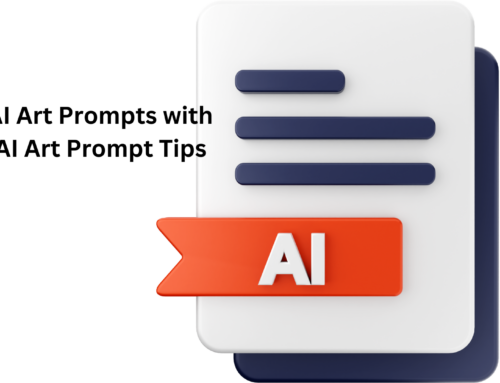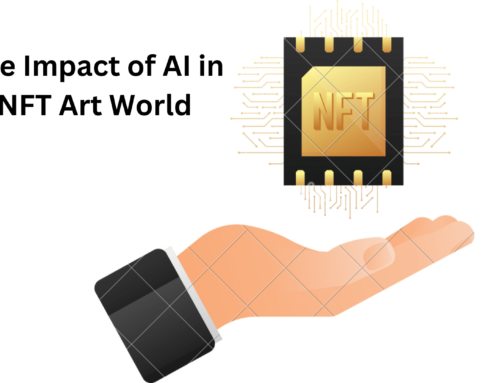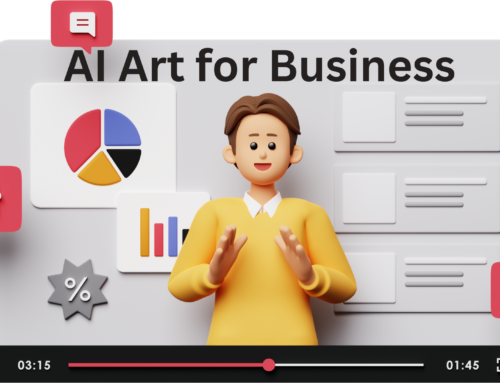
These days fans of AI image generation are becoming curious about in Stable Diffusion as the newest technique for creating photographs rather than just applying filters to already-existing pictures. Because AI filters have been all the rage lately, your social media feed may have been overrun with anime or futuristic portraits. The most recent social media trend is called “Stable Diffusion AI,” but what exactly is it, and how can you utilize it to produce images?
What is Stable Diffusion?
Stable Diffusion generates high-resolution images by introducing noise. Stable Diffusion’s machine learning approach transforms text into realistic, high-resolution graphics. The model then reverses the noise-creating process, gradually improving the image’s quality until there is none, producing a realistic image corresponding to the text prompt. A latent text-to-image diffusion model called Stable Diffusion is a text-to-image latent diffusion model that can turn any words into photorealistic visuals.
While the previous design employs OpenAI’s ViT-L/14 as the text encoder, Stable Diffusion 2 is built on OpenCLIP-ViT/H. An amazing characteristic is an inpainting. Inpainting enables you to generate (or regenerate) selectively specific portions of the image, whereas Stable Diffusion often uses a prompt to generate full images.
Embeddings
To produce text embeddings that cover the majority of our human semantic space, every component of the Stable Diffusion architecture underwent extensive training on a vast amount of text and image data.
Stable Diffusion model
A system of several parts and models is known as a stable diffusion model. The Stable Diffusion graphical neural network model can be released to the general public, according to Stability.ai. Stable diffusion is a text-to-image pixel space which is able to produce precise images from text descriptions. It is An open source AI art generator that generates original art from text input.
Engineers and scientists from CompVis, Stability AI, and LAION worked together to develop the Stable Diffusion model, which was then released under a Creative ML OpenRAIL-M licence and made available for both commercial and non-commercial use. The model can upscale photographs, image generation from a simple sketch, and perform text-to-image.
Forward Diffusion model
To create the data needed to train the noise predictor, we employ images for the forward diffusion process(using the encoder of the auto-encoder). After training is over we can produce images using the autoencoder’s decoder.
Latent Diffusion model
Latent diffusion models (LDMs) are a sort of image generation model that decodes the latent representation into a complete image by iteratively “denoising” data in a latent space. The text-to-image latent diffusion model created to compute the predicted denoised image representation.
Steps to use Airbrush.AI
The number of inference steps used here is simple and simplified:
1:to create an account.
2: Select your use case.
3: Give a succinct description.
4:Download your picture.
How to use an image generator?
You can try stable Diffusion for free on various websites, giving you better image quality. This includes :
- Dream Studio
- Dream by Wombo
- Hugging face
Create an account (if necessary) and choose the desired art style before typing any prompts to create your next AI-generated artwork. For instance, the model will produce an alien environment if you write in “a dream of a faraway galaxy, concept art, matte painting.”
Hugging Face also enables users to create graphics from image inputs, so even if you lack artistic talent, you can still make a simple drawing look more lifelike. Just upload your photo and hit the submit button for getting a better-quality of image.
Image decoder
Using the data it received from the information producer, the image decoder creates a picture. It just executes once to create the finished pixel image at the conclusion of the operation.
How does Stable Diffusion work locally?
You can start creating your own images by following the instructions in this post. The post explains how to install and run Stable Diffusion on CPU and GPU. Let’s start now!
How to Compress Stable Diffusion?
An extremely potent lossy picture compression codec is Stable Diffusion. The nicest single phrase to experiment with in stable diffusion is classifier-free guidance (CFG).
How to generate Images from Images using Stable Diffusion API?
- You must register an active account to access the API or the playground.
- The Image-to-Image API uses an input image to create an image output based on a prompt without altering the image’s original composition.
How to build good prompts?
Reusing previously created prompts is a quick way to create photos of high quality. The drawback is that you might not realize why such prompts result in excellent photographs.
Stable Diffusion on Airbrush
Want to create high quality images by using this text-to-image model Stable Diffusion? Look no further! With a few instructions, Airbrush’s wide range of models may be utilised to create graphics using AI technology. For your convenience, Airbrush provides a range of price options to help you pick the idealized version for your undertaking. Also, you may use tags or keywords to search for images, and you can save your favourites for simple and quick access.
See the magic unfold by selecting the Stable Diffusion on Airbrush as the transformation option.
Sign up today and unleash the plethora of AI Art models that Airbrush offers, feed a few instructions about the type of image you want and you’re good to go. From Waifu to Disney Pixar, all at the tip of your fingers!








Leave A Comment